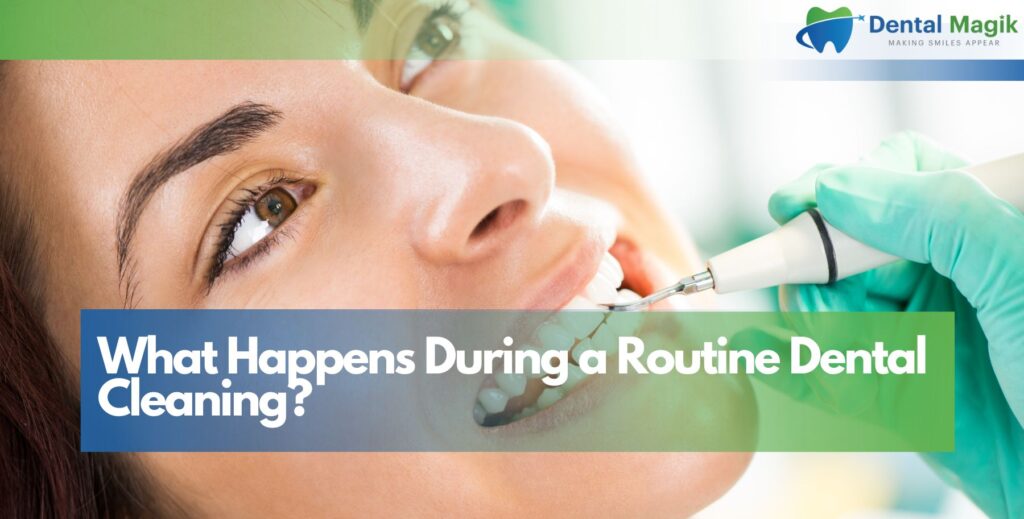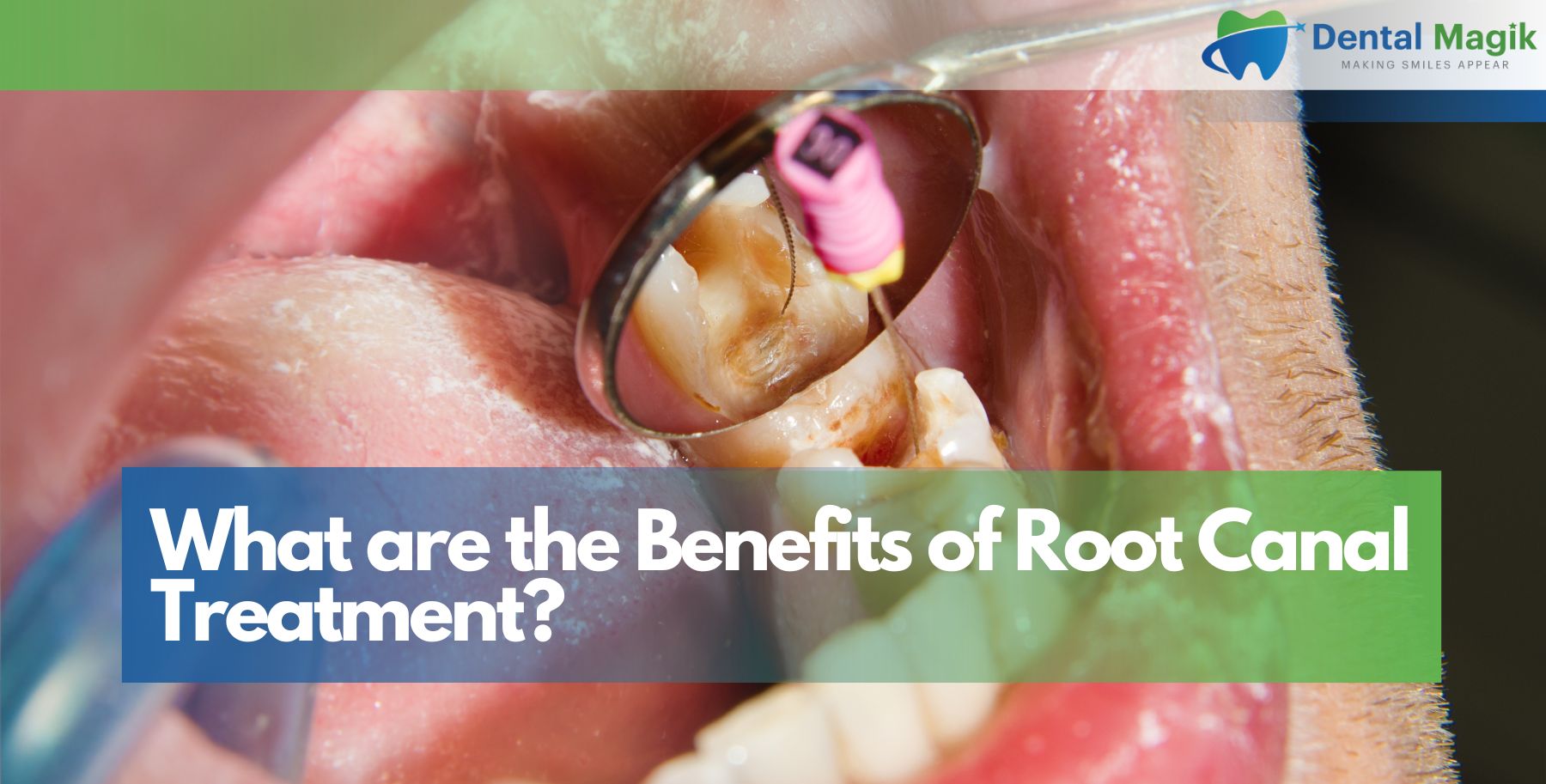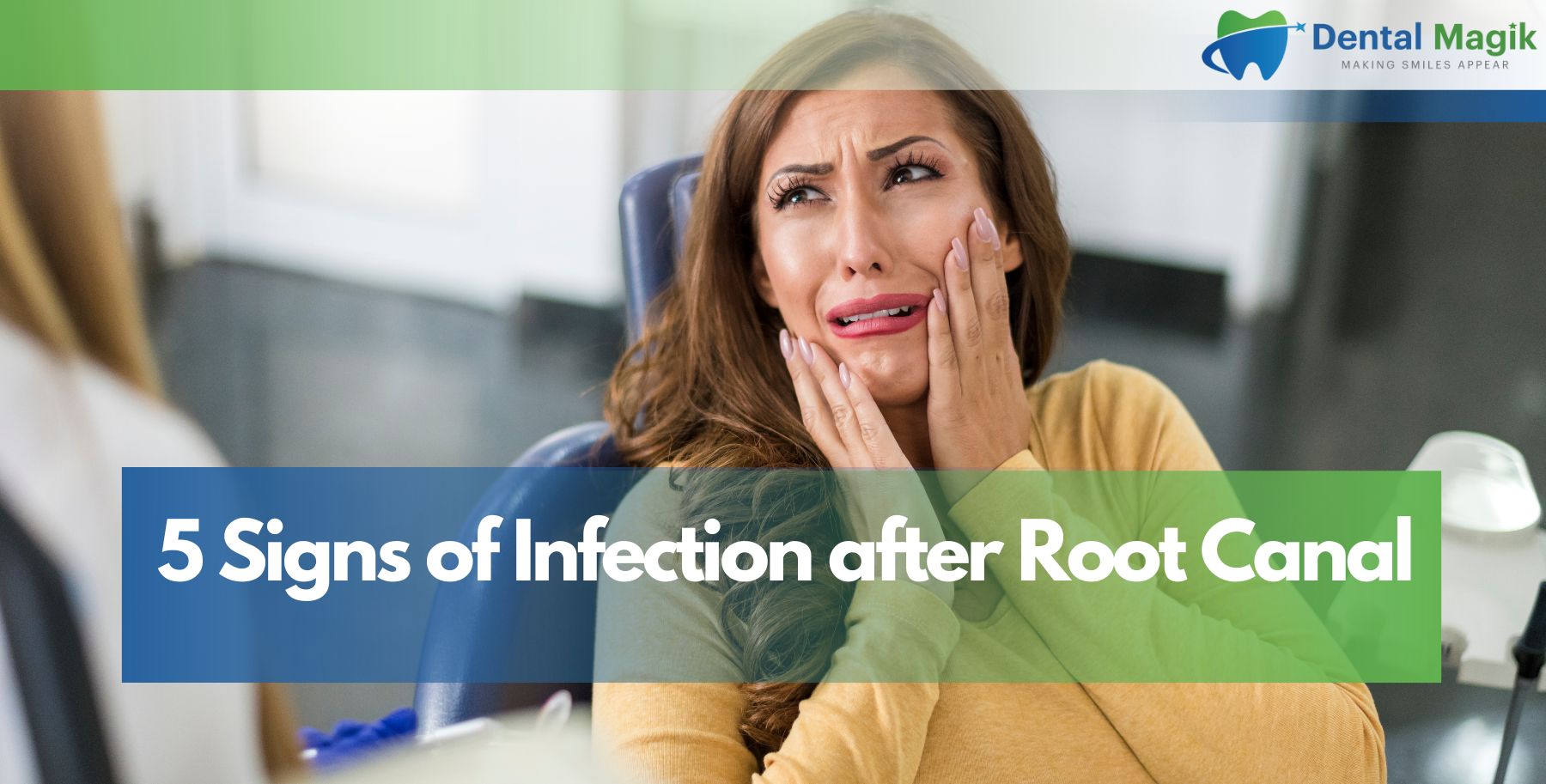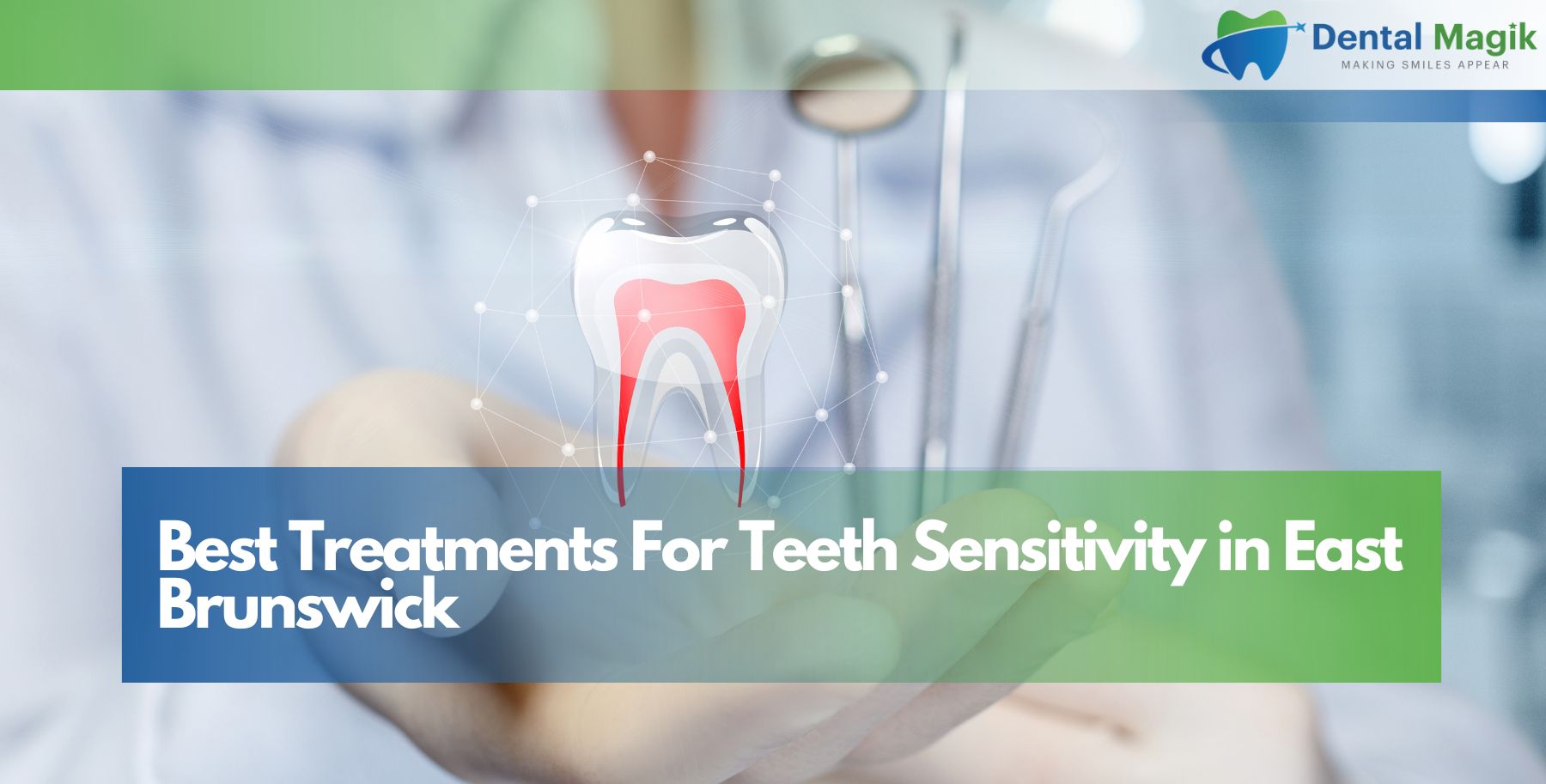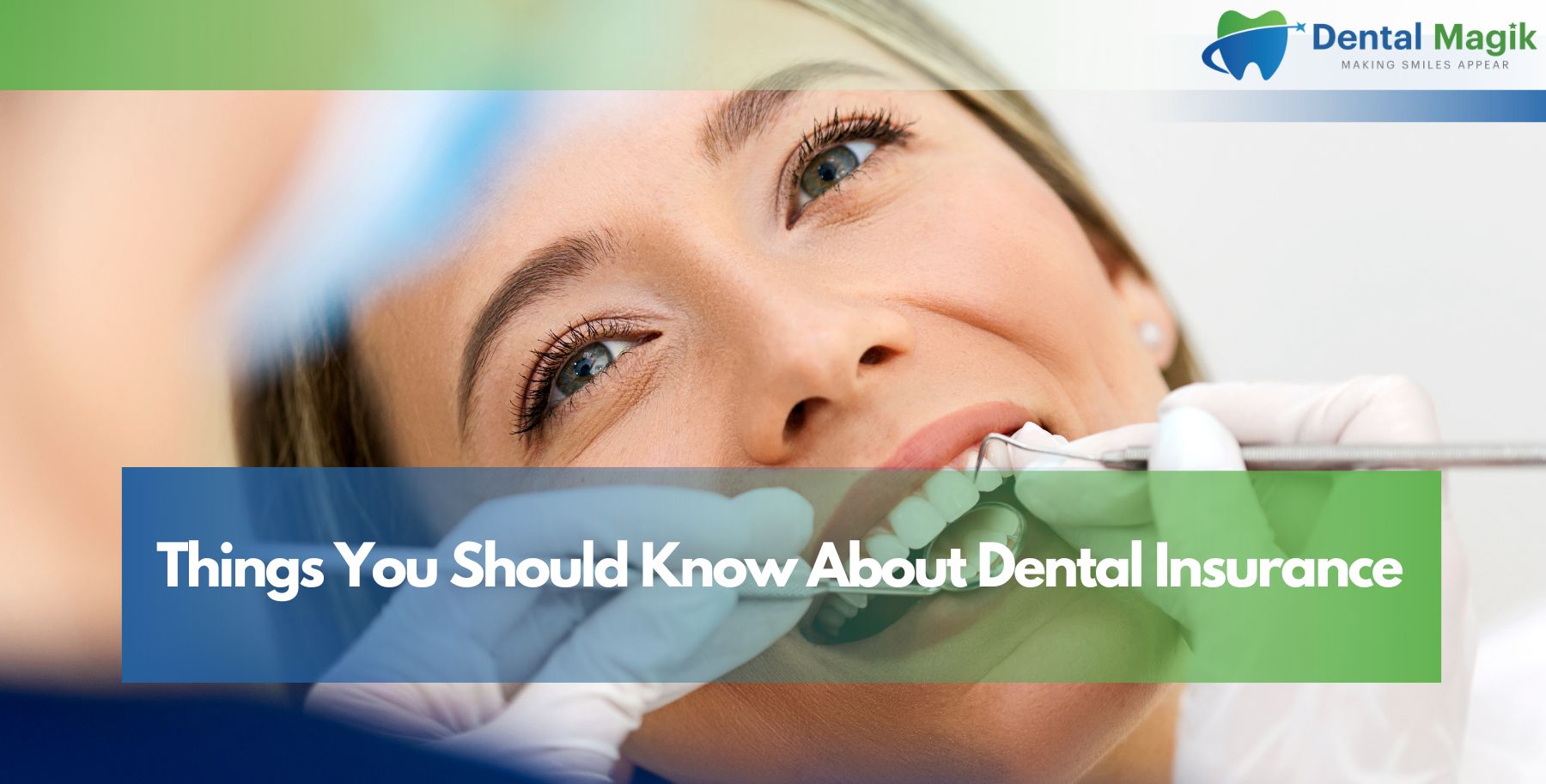Dental cleanings might seem like a simple task, but they’re one of the most powerful ways to protect your smile. If you’re wondering what actually happens during a routine dental cleaning, this article explains it step by step—so you can walk in confident and leave even healthier.
Let’s break it down into easy-to-understand parts, focusing on what the cleaning involves, what to expect during the visit, and why it’s more important than you may think.
Why Routine Dental Cleanings Matter
A routine dental cleaning isn’t just about making your teeth look shiny. It’s about removing plaque and tartar that can lead to gum disease, cavities, bad breath, and even serious health issues like heart problems and diabetes.
Preventive care through cleanings keeps small issues from becoming big ones. It’s fast, painless, and can save you thousands in future dental work.
Learn More: Teeth Cleaning in East Brunswick, NJ
What to Expect Before the Cleaning Starts
Before your cleaning begins, your dental hygienist will walk you through what’s about to happen. Then, they’ll review your medical history and ask about any concerns.
Oral Exam
Your visit usually starts with a quick but thorough exam. The hygienist uses a small mirror to check your teeth and gums. They look for:
- Redness or inflammation
- Signs of gum disease
- Plaque and tartar buildup
- Cracks, chips, or visible decay
If something needs a closer look, the dentist may step in before the cleaning proceeds.
The Process of a Routine Dental Cleaning
So, what exactly happens in the chair? Here’s a simple breakdown:
Removing Plaque and Tartar
Using a tool called a scaler, your hygienist will remove plaque and hardened tartar around your gum line and between your teeth.
You might hear scraping sounds—it’s normal. The more buildup you have, the longer this step takes. That’s why daily brushing and flossing make such a big difference.
Deep Cleaning with a High-Powered Brush
Next comes the gritty toothpaste polishing. A special electric brush cleans your teeth thoroughly. The toothpaste is textured to gently scrub away any leftover plaque.
It’s safe to do twice a year, but strong enough that you wouldn’t want this kind of scrubbing at home.
Expert Flossing
Even if you floss daily, the hygienist will do a deep flossing between your teeth. They know how to get into tight spots and remove anything your brush missed.
They may also spot bleeding or inflammation—early signs of gum problems—and note them for the dentist.
Rinse and Fluoride Treatment
You’ll rinse out your mouth to clear away debris. Then, if needed, you’ll receive a fluoride treatment to strengthen your enamel.
This is especially helpful if you’re cavity-prone. The fluoride may come as a gel, foam, or varnish and only takes a minute or two to apply.
Does a Dental Cleaning Hurt?
For most people, routine dental cleanings are painless. You might feel pressure or hear scraping, but it’s not uncomfortable.
However, if you have sensitive teeth, gum inflammation, or lots of tartar, you might feel slight discomfort. Let your hygienist know—they can adjust pressure or apply a numbing gel if needed.
How Long Does a Routine Dental Cleaning Take?
Most cleanings take about 30 to 60 minutes, depending on how much work your mouth needs. If it’s your first visit in a while or you’re getting X-rays, expect a little more time.
Routine Dental Cleaning vs. Deep Cleaning
It’s easy to confuse the two, but they’re not the same:
- A routine dental cleaning (also called prophylaxis) is preventive. It’s done every 6 months for people with healthy gums.
- A deep cleaning (scaling and root planing) is for people with gum disease. It goes below the gum line and may require local anesthesia.
Your dentist will decide which type you need based on your oral health.
What Happens After Your Cleaning?
After your cleaning, the hygienist or dentist will go over your oral health and offer personalized advice.
They might recommend:
- Areas you’re missing while brushing
- Products like fluoride rinses or electric toothbrushes
- Fixes for early signs of decay or gum issues
They’ll also schedule your next checkup, usually in six months.
How Often Should You Get a Routine Dental Cleaning?
The standard recommendation is twice a year, or every six months. However, people with higher risk of dental problems—like smokers, diabetics, or those with gum disease—may need more frequent visits.
Who Performs a Dental Cleaning?
Typically, a licensed dental hygienist does the cleaning. Your dentist may stop in to examine your mouth, review X-rays, or discuss next steps.
In some practices, your dentist may handle the cleaning directly, especially during a first-time visit or in smaller clinics.
Benefits of Routine Dental Cleanings
Let’s recap the top benefits of keeping up with your cleanings:
- Prevent Cavities and Decay
- Avoid Gum Disease and Tooth Loss
- Keep Breath Fresh
- Brighten Your Smile
- Save Money on Major Dental Work
- Identify Issues Early
Routine Dental Cleaning for Kids
Yes—kids need cleanings too! Starting from age 1, children should see a dentist regularly. The process is gentler and includes fluoride to protect developing teeth.
Early visits build trust and good habits that last a lifetime.
Routine Dental Cleaning and Insurance
Most dental insurance plans cover cleanings every 6 months. It’s one of the few benefits where preventive care is fully covered, so be sure to take advantage.
If you’re uninsured, many dental offices offer cash rates or membership plans to make cleanings affordable.
Conclusion
A Routine Dental Cleaning is more than just a polish—it’s a key part of staying healthy. In just under an hour, you get cleaner teeth, fresher breath, and peace of mind.
Whether it’s been 6 months or 6 years, the best time to take care of your teeth is now.
At Dental Magik, Our Dentist in East Brunswick, NJ is here to make your cleanings comfortable, stress-free, and tailored to your needs. Schedule your visit today, and let your smile shine with confidence.
FAQs
How often should I schedule a routine dental cleaning?
Most people should get a dental cleaning every 6 months. If you have gum disease, your dentist might recommend more frequent visits.
Can a dental cleaning whiten my teeth?
Cleanings remove surface stains and buildup, which can make your teeth look brighter. However, for deeper whitening, you may need a cosmetic treatment.
Is a dental cleaning covered by insurance?
Yes, most insurance plans cover two cleanings per year at 100%. Always check your plan details to confirm.
Do I need X-rays with every cleaning?
Not always. X-rays are typically done once a year, or if your dentist suspects something beneath the surface.
Can I eat after a dental cleaning?
Yes. If you had fluoride treatment, wait 30 minutes before eating or drinking. Otherwise, you’re good to go!

